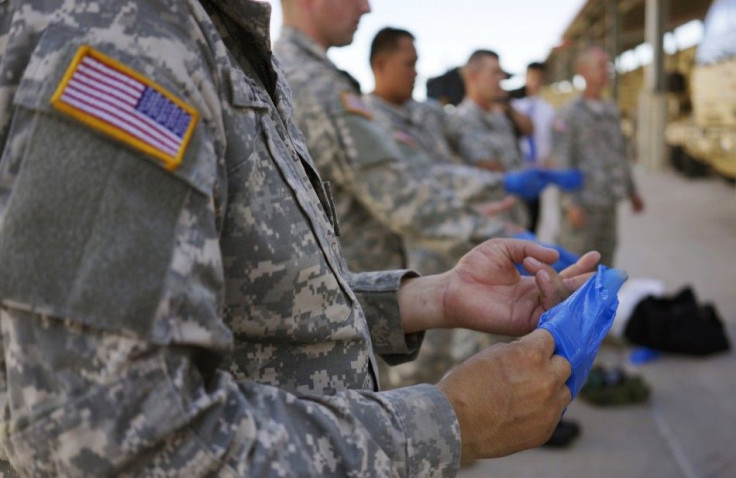US Expands Forces In Europe To Deter Russia's Military Movements

The United States Army has expanded its presence as a form of reassurance to its European allies about continued U.S. support to deter Russian aggression in Eastern Europe. Operation Atlantic Resolve has extended its reach further south in middle of March as U.S. forces conducted military exercises with the local troops.
IHS Jane reports that a battalion of paratroopers from the 173rd Airborne had dropped into Bulgaria and Romania. In a March 31 briefing, U.S. Army Europe commander Lt. Gen. Ben Hodges confirmed the arrival of U.S. forces were part of the Operation Resolve that began in 2014.
The commander said the operation would improve the “U.S. leader development,” maintenance and familiarise U.S. troops with conditions in Europe to help them manoeuver. The military exercises in the region are also seen as a form of “reassurance” as units move between posts in Eastern Europe and their bases in Germany.
Hodges said U.S. forces in Europe are expected to participate in the Operation Atlantic Resolve for some time. He called the wider presence of the U.S. and high-profile exercises as the “new normal” and would continue throughout 2016.
Meanwhile, Russia is planning to boost its air and missile defence systems in response to a possible threat of Prompt Global Strike. The country’s Aerospace Defence Forces deputy chief claimed the U.S. might carry out such an attack “under certain conditions.”
Major General Kirill Makarov told Russian News Service radio that the potential risk to the Russian Federation is considered one of the top challenges for Russia’s Aerospace Defence Forces. Effective air and missile defence systems remain one of the country’s top priorities. The PGS initiative can deploy a guided missile within less than an hour after the U.S. decides the target to be a national threat to security, reports RT News.
Previous reports have indicated that Russia predicts the U.S. will have 8,000 cruise missiles by 2020. About 6,000 of those missiles are expected to be capable of carrying nuclear warheads. Under Russia’s new military doctrine, which was adopted in 2014, the country’s army continues to act as a defensive tool but listed the PGS concept of the U.S. as one of the main security threats along with NATO’s military presence along Russian borders.
To report problems or leave feedback on this article, contact: r.su@ibtimes.com.au






